Summer Palace
The Summer Palace, the imperial garden of the Qing Dynasty in China, is located in the western suburbs of Beijing, 15 kilometers away from the city, covering an area of 290 hectares, adjacent to the Yuanmingyuan Garden. It is a large-scale landscape garden based on Kunming Lake and Longevity Hill, Hangzhou West Lake as the blueprint, drawing on the design techniques of Jiangnan gardens. It is also the most complete imperial palace, known as the "Royal Garden Museum" and a national key tourist attraction.
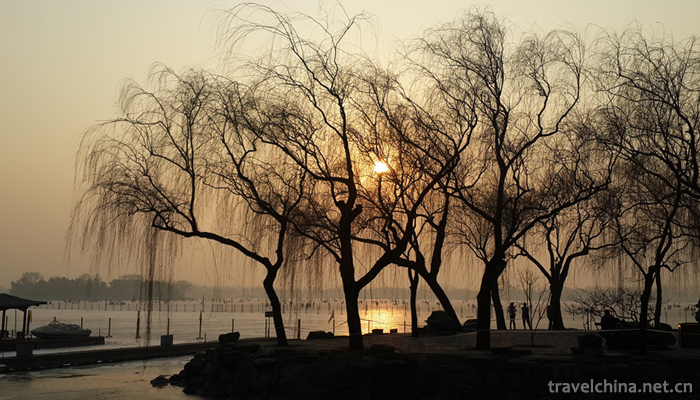
Before the reign of Emperor Qianlong in the Qing Dynasty, four large royal gardens were built in the western suburbs of Beijing. In the fifteenth year of Qianlong (1750), Emperor Qianlong used 4.48 million silver to rebuild the Qingyi Garden for the honor of his mother, Xiaosheng Empress, and formed a 20-kilometer-long imperial garden area from Qinghua Garden to Xiangshan. In the ten year of Xianfeng (1860), Qingyi Garden was destroyed by the British and French coalition forces. Guangxu fourteen years (1888) reconstruction, renamed the Summer Palace, as summer resort. In the 26th year of Guangxu (1900), the Summer Palace was destroyed by the Eight-Power Coalition Army, and the treasures were looted. After the destruction of the Qing Dynasty, the the Summer Palace was destroyed again during the warlords' War and Kuomintang rule.
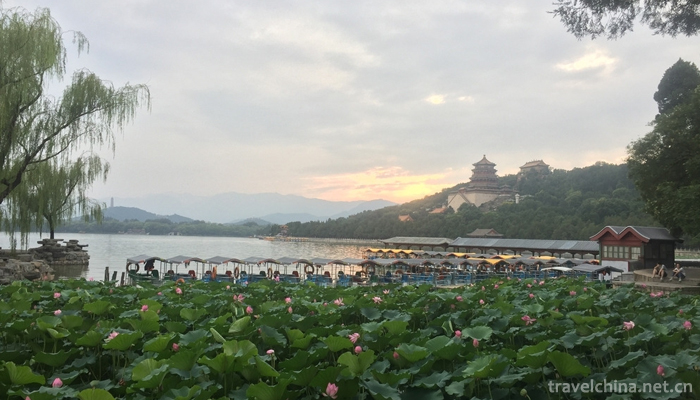
On March 4, 1961, the Summer Palace was promulgated as the first batch of national key cultural relics protection units, together with Chengde Summer Resort, Zhuozheng Garden and Liuyuan, known as China's four famous gardens. In November 1998, the Summer Palace was listed in the World Heritage List. In May 8, 2007, the Summer Palace was officially approved by the National Tourism Administration as a national 5A tourist attraction. In 2009, the Summer Palace was selected as the largest existing imperial garden in China by the world record association of China. The park will stop selling tickets after September 28, 2018 when the park is full.

More pic
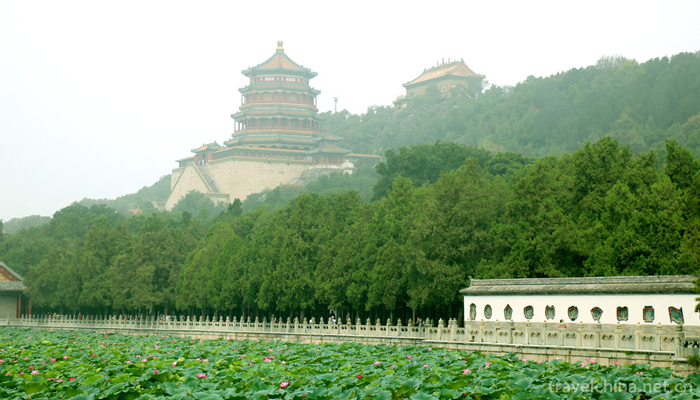
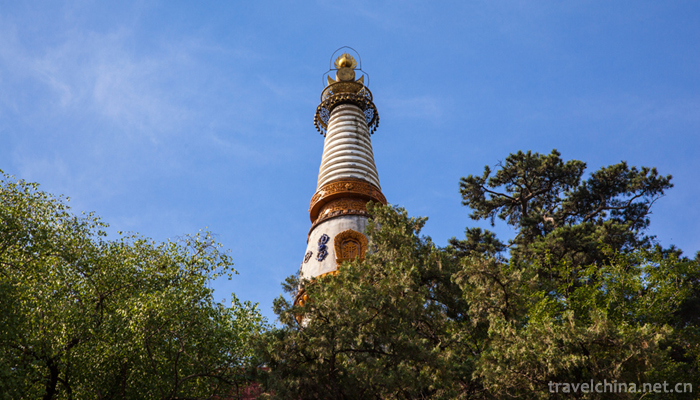
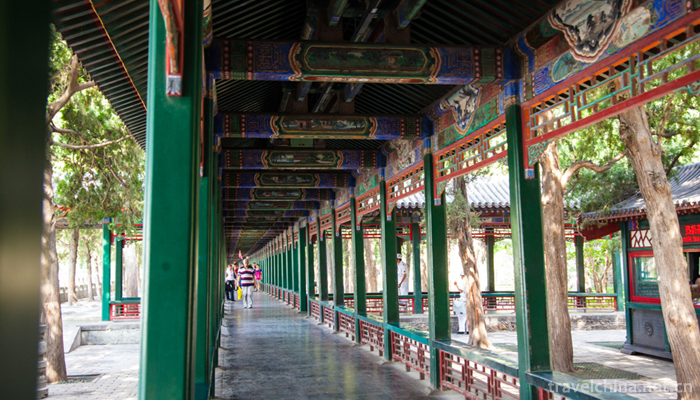
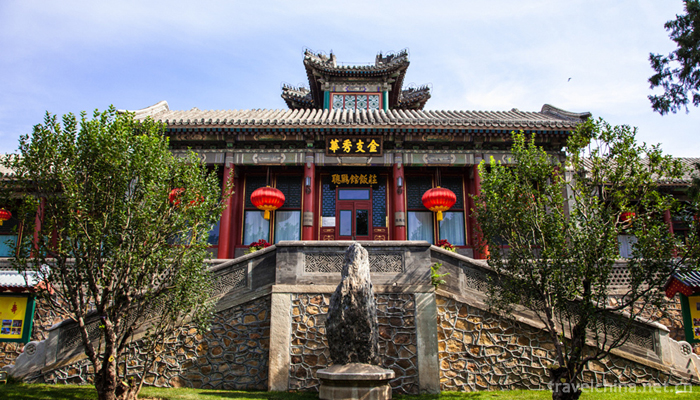
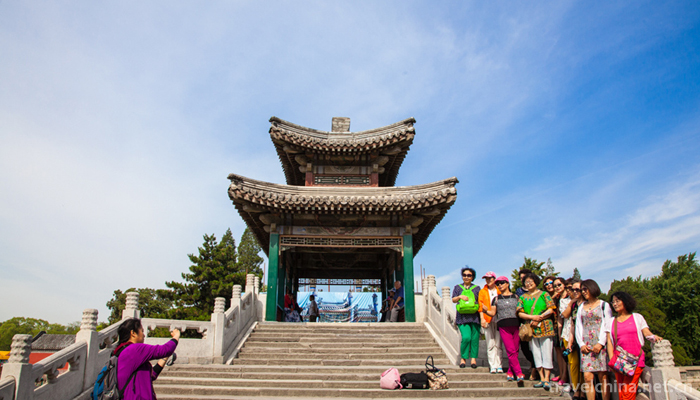
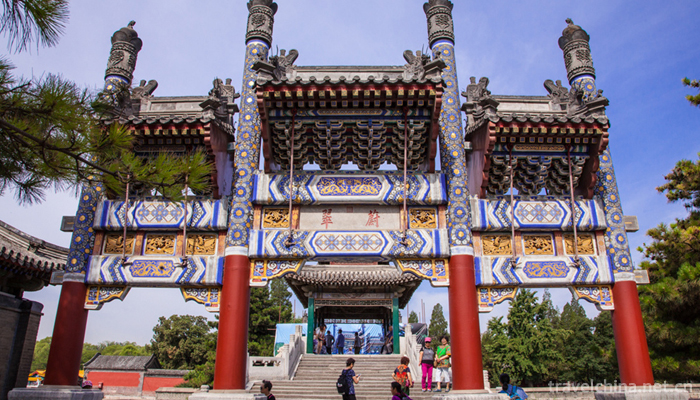
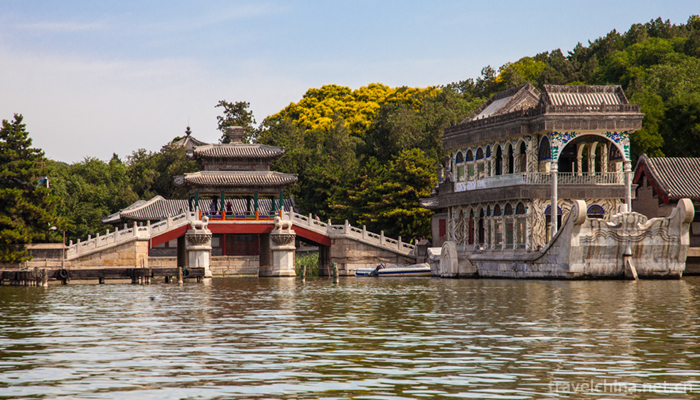
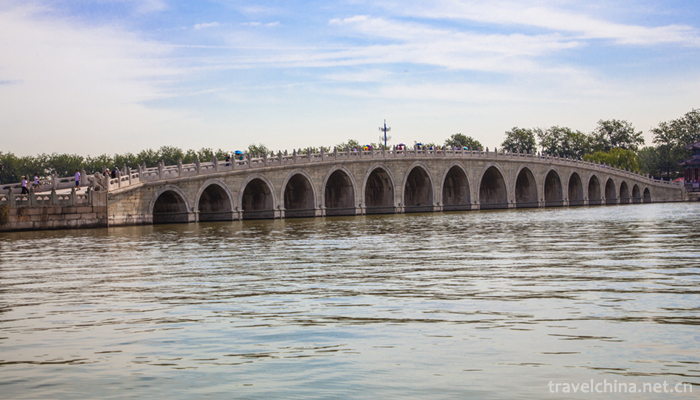
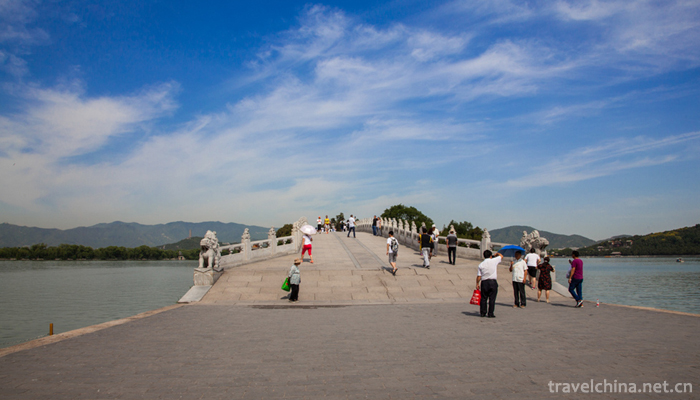
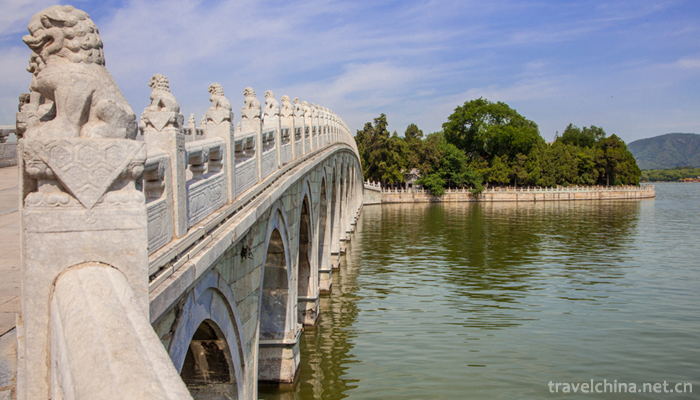
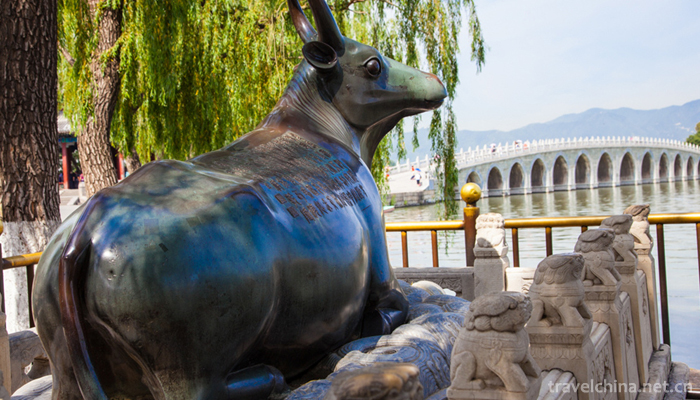
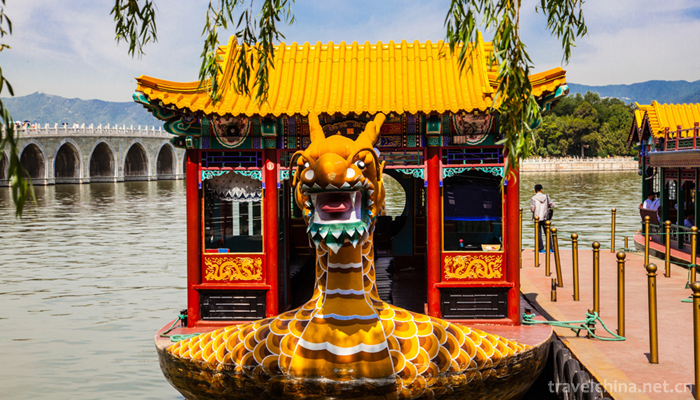
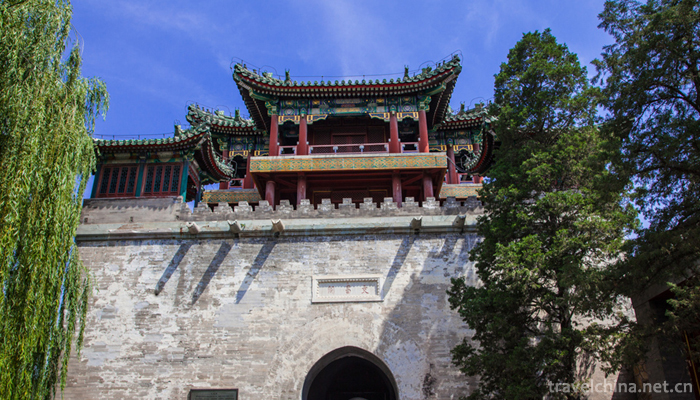

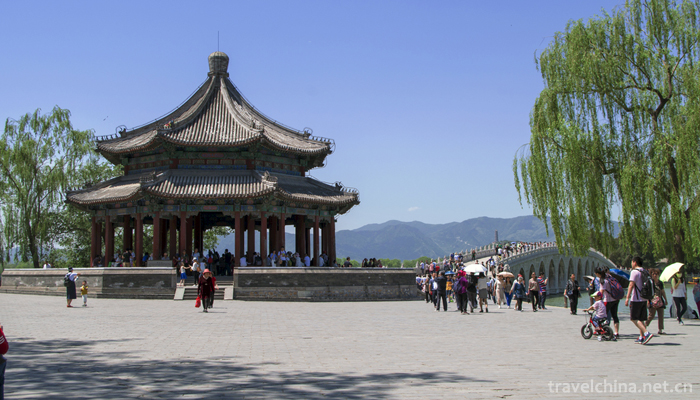
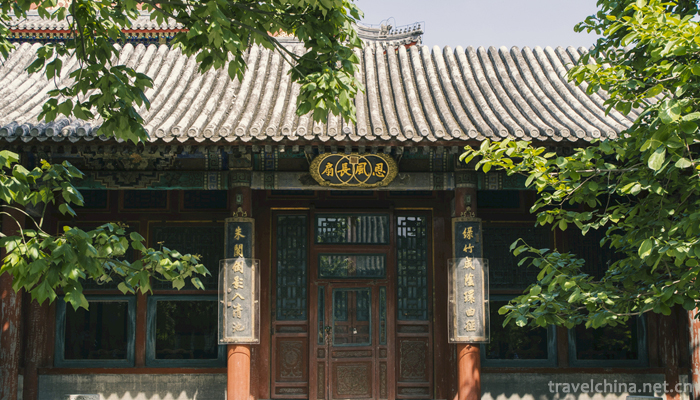

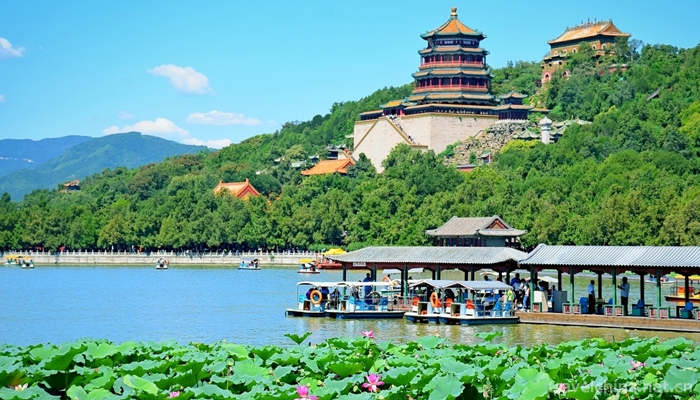
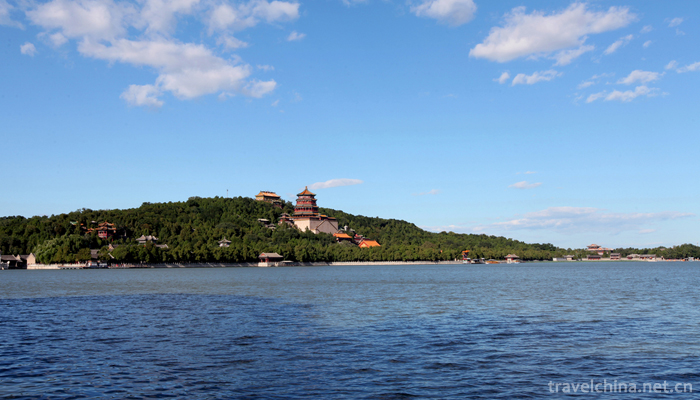
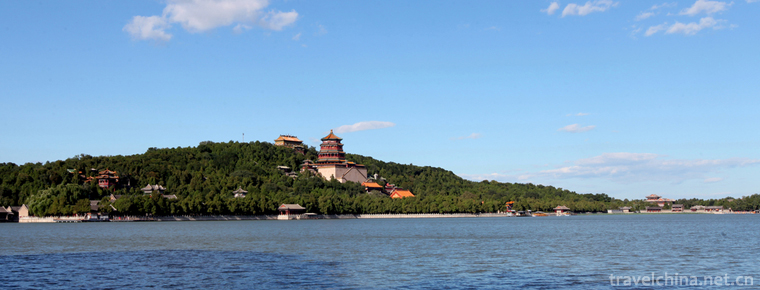
-
1.Crab congee
crab porridge is a snack in Macao. Macao is located at the junction of saltwater and fresh water, and the crab produced is delicious. Water crab porridge...
Time 2018-10-31 -
2.China Coal Museum
The China Coal Museum is located at the intersection of Yingze Street and Jinci Road in Taiyuan City. It was completed and opened on September 30, 1989
Time 2018-12-22 -
3.Ancient town of Guandu
Guandu Town, located in the Southeastern Suburb of Kunming, is one of the famous historical and cultural ancient towns in Kunming. Guandu ancient town gate (big archway) is located in the southeastern
Time 2019-01-13 -
4.Jinjiang hot spring
Jinjiang Hot Spring is located on the Bank of Jinjiang River, Datian Town, Enping City, which is the hometown of hot springs in China. It is backed by Qixingkeng primitive forest, deep mountains and g
Time 2019-01-29 -
5.Tibetan New Year
Tibetan calendar year is the traditional festival of the Tibetan people. Bhutan and Mongolia, which are deeply influenced by Tibetan culture, also celebrate the Tibetan New Year
Time 2019-04-04 -
6.Jia Jia Quan
Amaranth, also known as Amaranth, Amaranth hammer, one of the traditional Chinese boxing. It was founded by Mr. Junai Zhou (1724-1783) in Heshui County, Zhengzhou, in the reign of Qianlong in the Qing
Time 2019-04-16 -
7.Percussion music
Percussion is one of the traditional Chinese instrumental music. Music played by two kinds of musical instruments, i.e. playing and playing, is commonly known as Gong and drum or drum music in Chinese
Time 2019-04-22 -
8.Laoshan Folk Stories
Laoshan folk tales, commonly known as Lagua, are oral literature created by the local people of Laoshan Mountain in Shandong Province for thousands of years. There were few written records before libe
Time 2019-05-11 -
9.Baoding old tune
Baoding old tune, also known as old tune bangzi, is one of the traditional operas with a long history in Hebei Province and a national intangible cultural heritage. At first, it was a popular Hexi tun
Time 2019-05-11 -
10.Sachet
Incense bag is also called odor-tolerant, incense bag, incense bag, incense sauce, Pei Mo. Nowadays people call it purse, toy and dim. It is a folk embroidery handicraft created by ancient Chinese wor
Time 2019-07-03 -
11.Ecological environment of Luzhou
On July 5, 2019, the Ministry of ecology and environment of the people's Republic of China announced the special investigation of black and odorous water bodies in the first stage of overall planning and strengthening supervision in 2019. Luzhou was listed in the "list of cities whose
Time 2020-12-14 -
12.Meishan water resources
There are 27887 water conservancy projects in Meishan City; there are 15 rivers with a drainage area of more than 100 square kilometers. Among them, Minjiang River flows through Pengshan, Meishan and Qingshen counties from north to south, with an internal flow length
Time 2020-12-18